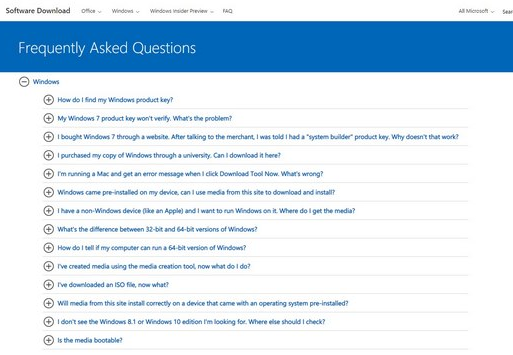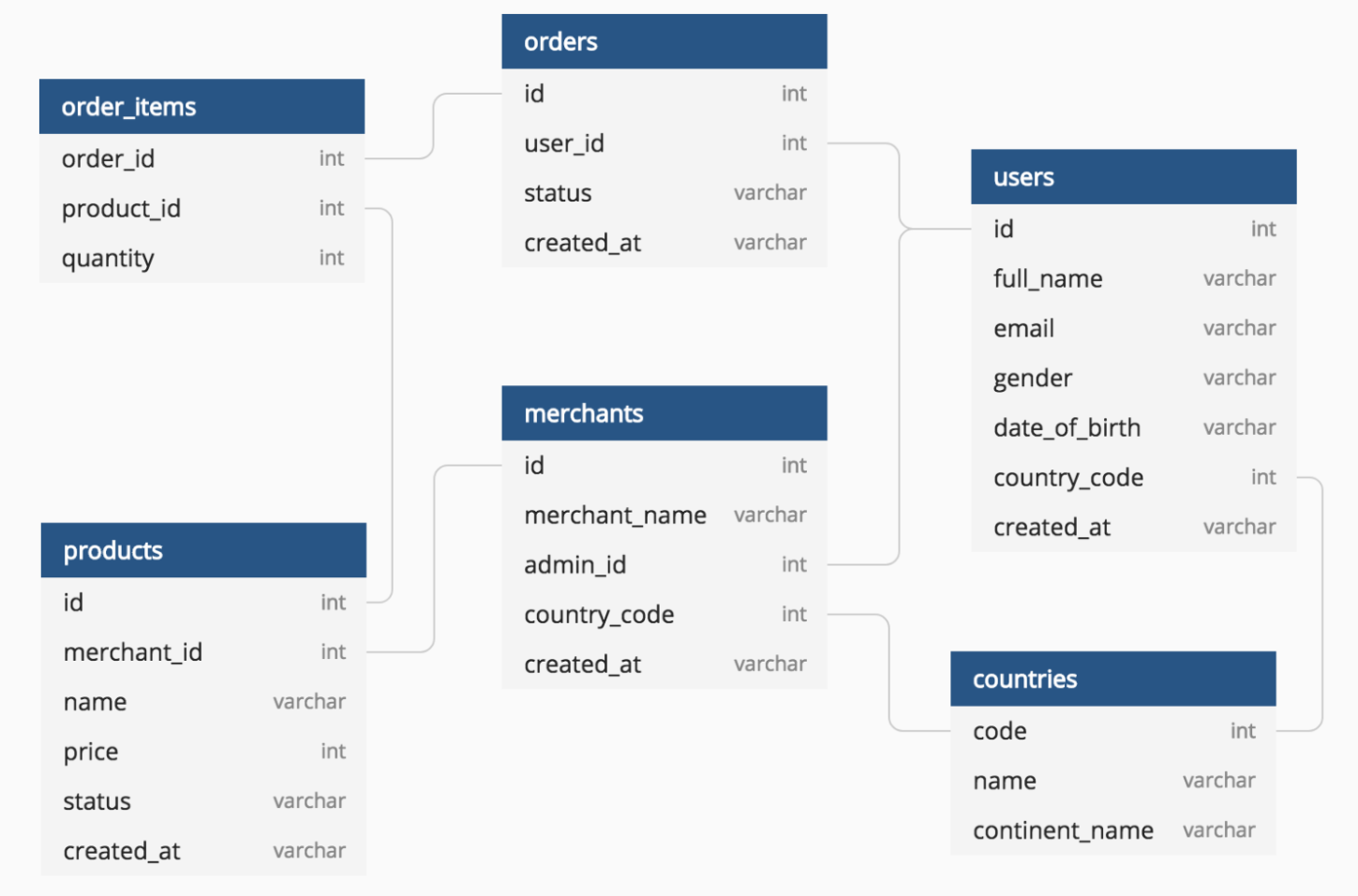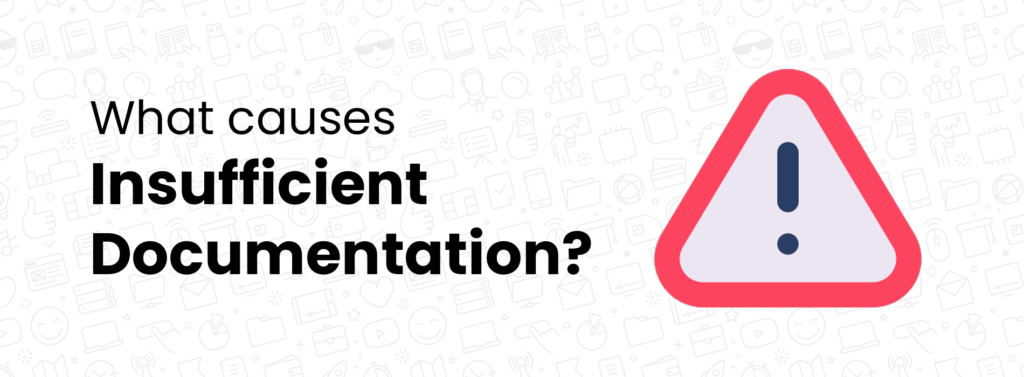In software development, effective documentation is a crucial pillar for success. Yet, poor and insufficient documentation can shadow the entire process, leading to challenges and undesirable outcomes.
Through this article, we will explore the importance of documentation, its impact on project success, and the consequences of neglecting it. Understanding the power of documentation can pave the way for more efficient and successful software development initiatives.
Initially, we shall explore the precise meaning of documentation within the software development sector.
Introduction to Documentation
Documentation in software development refers to the systematic process of capturing and recording essential information about a software project. It encompasses various forms of written, visual, or interactive content that document the software’s design, implementation, and usage.
This comprehensive collection of documentation serves as a vital knowledge repository for developers, users, and other stakeholders involved in the software development lifecycle.
Importance of Documentation in Software Development
For the software development industry, having proper documentation is a must. Let’s see how it can be so important to the developers, users, and stakeholders.
1. Aid in comprehending complex systems
In software development, projects can become inherently complex, especially when dealing with large codebases, intricate algorithms, and sophisticated architectures. Documentation is vital to simplify complexity by offering detailed explanations, diagrams, and flowcharts.
By providing insights into the rationale behind design decisions and the overall system structure, documentation allows developers to grasp the software’s intricacies more easily.
2. Empower developers to navigate the codebase effectively.
A well-documented codebase empowers developers to explore and understand the source code swiftly.
Properly annotated code, inline comments, and descriptive function documentation enable programmers to follow the logic, identify dependencies, and troubleshoot issues efficiently.
This fosters a sense of confidence and autonomy, as developers can delve into various parts of the codebase without feeling lost.
3. Share knowledge among team members.
Documentation serves as a powerful medium for knowledge transfer within development teams. As projects progress and team compositions change, sharing insights, design decisions, and lessons learned becomes crucial.
Proper documentation allows new team members to quickly get up to speed and integrate seamlessly into ongoing tasks. It also ensures that critical knowledge is not solely dependent on individuals, reducing knowledge loss risks.
4. Enhance collaboration and avoid knowledge silos.
In collaborative software development environments, seamless communication is key. Documentation promotes effective collaboration by offering a shared understanding of the project’s goals, architecture, and implementation details.
When all team members can access and contribute to the documentation, it minimizes the creation of knowledge silos, where information is isolated within specific individuals or groups.
5. User documentation on product usability
User documentation, such as user guides, manuals, and tutorials, plays a pivotal role in enhancing the software’s usability. Documentation provides clear instructions and real-life examples, enabling users to interact effectively with the software.
A user-friendly and informative interface significantly improves user satisfaction and reduces the learning curve, encouraging more people to adopt the software.
6. Provide comprehensive guides
Insufficient documentation often leads to increased customer support requests, as users seek assistance for basic tasks and frequently encounter issues. Comprehensive user documentation can preemptively address common user queries, alleviating the burden on customer support teams.
This, in turn, allows support resources to focus on more complex and critical issues, leading to faster response times and higher customer satisfaction.
Common Types of Software Documentation
There are several types of documentation in the software development industry, and some of them are demonstrated below.
User Documentation
User documentation acts as a vital link that connects the software with its end-users. Its primary purpose is to provide clear and user-friendly instructions on how to use the software effectively.
This documentation caters to users of varying technical backgrounds, from novices to experienced individuals. It explains the software’s functionalities, features, and workflows, enabling users to make the most of the software’s capabilities.
Examples of user documentation include user manuals, quick-start guides, tutorials, and FAQs.


Technical Documentation
Technical documentation caters to developers, system administrators, and other technical stakeholders involved in software development. Its purpose is to provide detailed insights into the software’s architecture, design, implementation, and technical specifications.
Technical documentation equips developers with the necessary knowledge to understand the underlying mechanisms of the software, facilitating efficient problem-solving and implementation of new features.
Examples of technical documentation include architectural diagrams, API reference guides, database schemas, and system design documents.


Code Documentation
Code documentation is an essential aspect of software development that involves adding comments, annotations, and explanations directly into the source code. Thorough code documentation improves code readability and lucidity, simplifying the comprehension of different code segments’ purposes and functionalities for developers.
Well-documented code reduces the learning curve for new team members and facilitates smoother collaboration among developers.
Examples of code documentation include inline comments, function and method descriptions, and documentation strings.
Having poor or insufficient documentation can impact some major aspects of software or a project.
1. Effects on software quality
Poor documentation significantly hampers software quality by obscuring the understanding of the codebase. Developers may struggle to comprehend the purpose and intended behavior of various components, leading to the implementation of suboptimal solutions or workarounds.
The lack of clear documentation makes it difficult to maintain consistency, adhere to best practices, and ensure code quality, resulting in a higher likelihood of introducing bugs and issues.
2. Increased potential for bugs and errors
Inadequate documentation directly contributes to an increased potential for bugs and errors in the software.
When developers lack comprehensive insights into the software’s functionality and dependencies, they may unknowingly introduce changes that conflict with existing code.
Moreover, without proper documentation, debugging and resolving issues become more time-consuming and error-prone, as developers may struggle to identify the root causes of problems.
3. Time wastage
Poor documentation often forces developers to spend valuable time searching for essential information, hampering their productivity.
Without clear guidance, developers may need to reverse-engineer code or resort to trial and error, which consume significant resources.
The cumulative effect of these time-consuming tasks can lead t
4. Impacts on development timelines and deadlines
Insufficient documentation directly affects development timelines and deadlines. Developers may face bottlenecks when critical information is missing or unclear, slowing down the development process.
Consequently, project milestones may be missed, and deadlines can be extended, resulting in increased costs and potential stakeholder dissatisfaction.
5. Challenges in cross-team communication
Clear documentation is essential for effective cross-team communication. Without comprehensive and accessible documentation, different teams may struggle to understand each other’s work, leading to misalignment and potential conflicts.
Collaboration may suffer, hindering the progress of the project and inhibiting the exchange of ideas and innovations.
6. Misunderstandings and misinterpretations
Without proper documentation, communication breakdowns can lead to misunderstandings and misinterpretations among team members.
Ambiguity in requirements or design decisions can result in different team members having varying interpretations of the software’s intended functionality.
This misalignment can lead to inconsistent implementations, reduced code cohesion, and overall project instability.
Next, we discuss some reasons that can cause the impacts mentioned above.
Reasons for Insufficient Documentation
There are several reasons we can identify.
1. Neglecting Documentation Practices
One significant reason for insufficient documentation in software development is the neglect of proper documentation practices. Amidst tight project schedules and pressing deadlines, documentation may be deprioritized or seen as an additional burden.
Developers and teams may focus solely on coding and delivering features, neglecting the crucial step of documenting their work. This neglect can lead to a lack of clarity and coherence in the project’s documentation, ultimately affecting the project’s overall success and maintainability.
2. Resource Constraints
In some cases, resource constraints can hinder documentation efforts. Software development projects may face, budget, time, or personnel limitations.
When resources are scarce, documentation might be perceived as an optional task rather than an essential part of the development process. Teams may allocate their limited resources to core development tasks, sacrificing comprehensive documentation.
Unfortunately, this decision can have long-term consequences, as the lack of documentation can impede future development, maintenance, and knowledge transfer.
3. Lack of Awareness about Documentation Benefits
Another reason for insufficient documentation is the lack of awareness about the benefits it provides.
Some developers and stakeholders may not fully comprehend the significant impact that proper documentation can have on a project’s success. They might perceive documentation as an unnecessary formality or underestimate its role in promoting collaboration, ensuring software quality, and easing user adoption.
Raising awareness about the value of documentation within the development community can help instill a culture that appreciates and prioritizes documentation efforts.
4. Overemphasis on Code Over Documentation
In software development, there can be an overemphasis on writing code rather than documenting it.
Developers might be more inclined to focus on producing functional code and less enthusiastic about dedicating time to documenting their work. This bias towards code-centric development can lead to incomplete or insufficient documentation, leaving gaps in the understanding of the software’s design and implementation.
Emphasizing the importance of documentation alongside code writing is crucial for maintaining a balance between development speed and long-term project sustainability.
Conclusion
In summary, poor documentation can lead to quality issues, wasted time, communication breakdowns, and hindered progress in software development. Organizations can ensure smoother development processes and better software outcomes by acknowledging the value of comprehensive documentation and addressing the reasons behind insufficient practices.
As software development evolves, embracing a documentation-driven culture remains a key factor in achieving success and delivering value to users and stakeholders. By valuing documentation as an integral part of the development process, organizations can pave the way for more efficient, collaborative, and successful software projects.

















